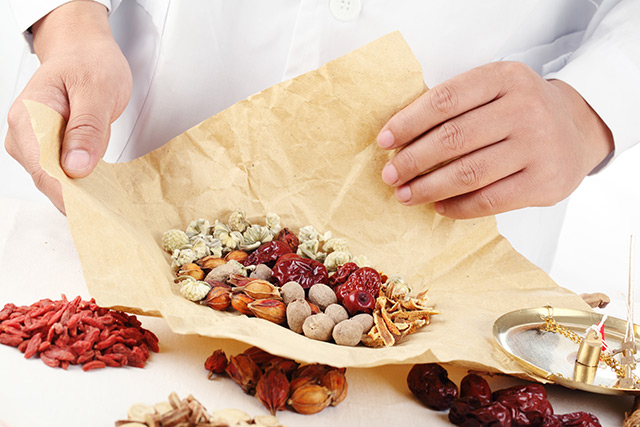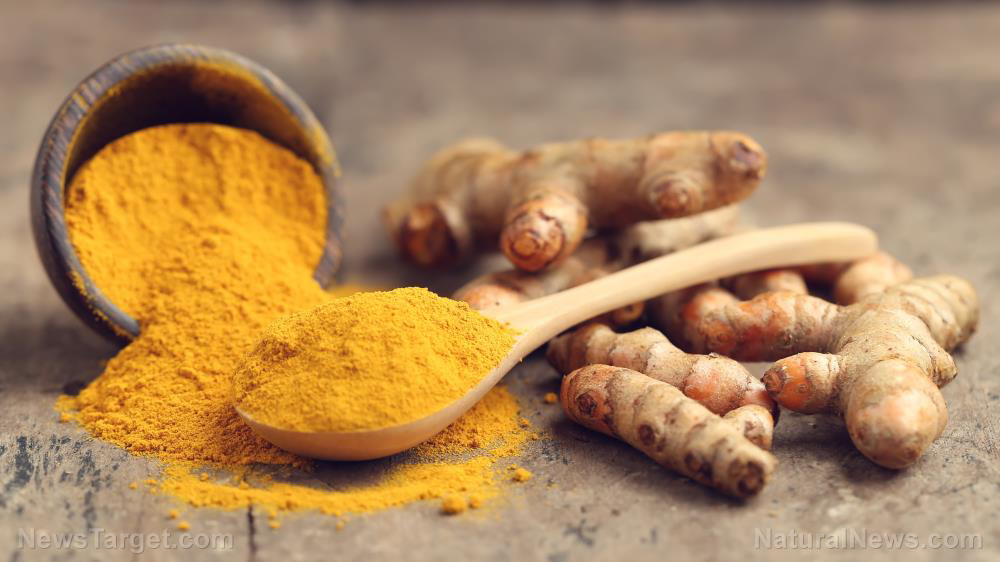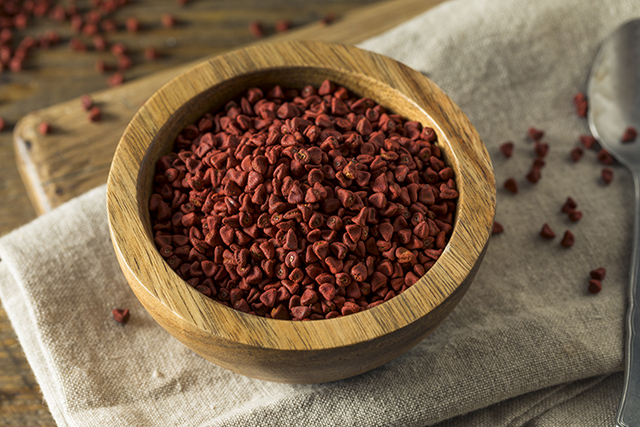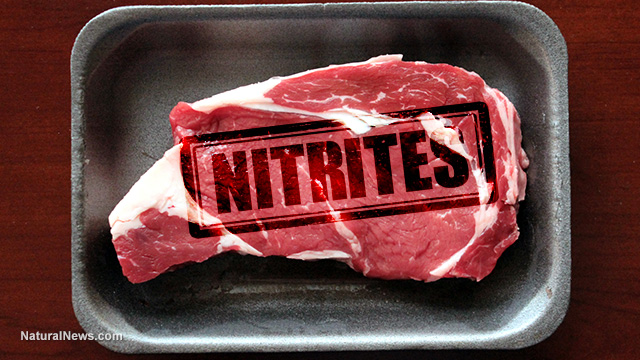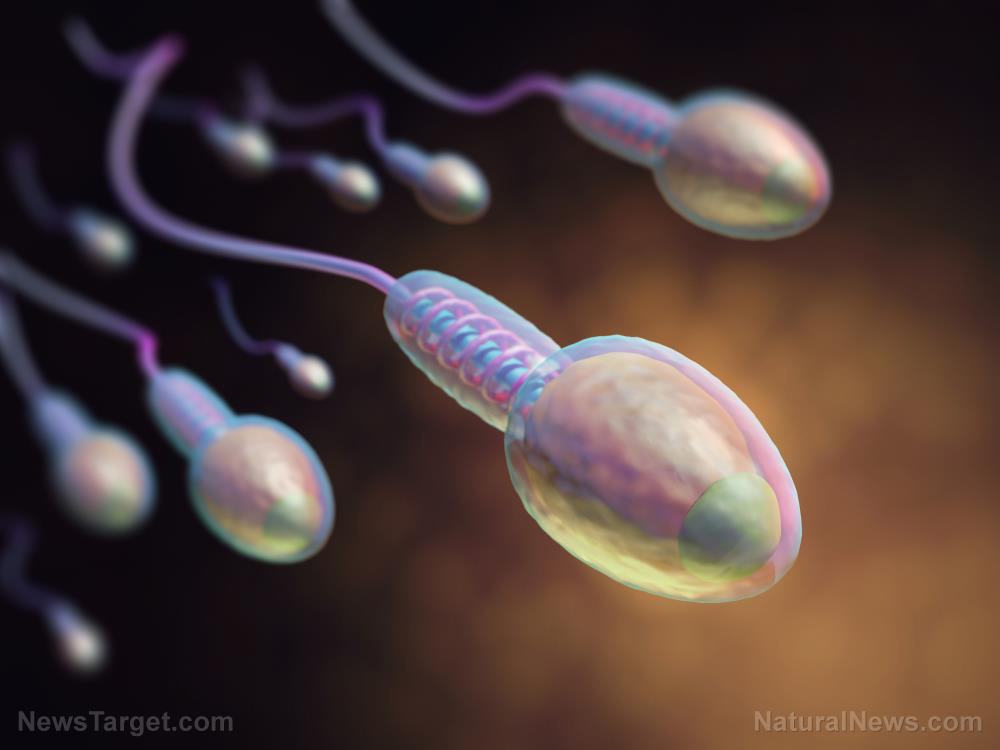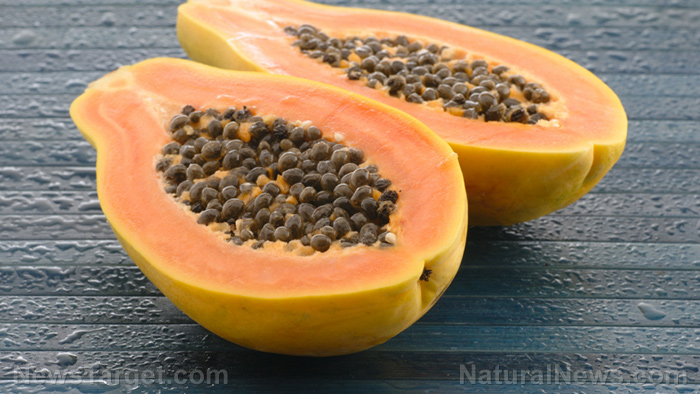Thousands of food poisoning cases believed to be caused by fish are actually caused by environmental pollution
09/13/2018 / By Ralph Flores
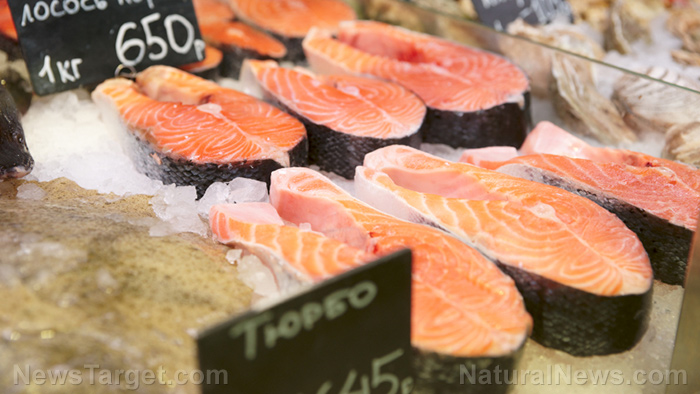
People are fond of seafood. In the U.S., this means that a person, on average, will consume more than 47 pounds (around 21.51 kg) of fish and seafood in a year. Unfortunately, this also means that his chances of being poisoned by eating contaminated fish are also increased. An article published in the journal Global Food Security looked at the impact of these outbreaks, as well as possible solutions to mitigate the effects.
Seafood, for the most part, is an essential part of a healthy diet; however, it isn’t without risk. The likelihood of being poisoned after eating seafood, identified by the Centers for Disease Control and Prevention as “an underrecognized health hazard,” is a real threat – with factors such as coral reef damage and the spread of toxic algal blooms only increasing the risk of illness.
The most common types of poisoning include the following:
- Ciguatera – The condition occurs after eating reef fish that have been contaminated with toxins from the Gambierdiscus toxicus, which include ciguatoxin or maitotoxin. In particular, G. toxicus is a small marine organism found around dead coral reefs, where it is ingested by herbivorous fish. These are then consumed by carnivorous fish, which are then, in turn, eaten by humans. During this process, the toxins from G. toxicus become more concentrated and modified, with the areas with the highest amounts of ciguatoxins including the liver, intestine, roe, and head. Current estimates record at least 50,000 ciguatera cases per year worldwide.
- Shellfish poisoning – There are several forms of shellfish poisoning; however, these usually affect filter-feeding bivalve mollusks (such as mussels and scallops), gastropod mollusks (like abalone and whelk), and crustaceans (including shrimps and lobsters). Shellfish become poisoned after ingesting small marine organisms found in harmful algal blooms (HABs) like Karenai brevis.
- Amnesic shellfish poisoning – This refers to a rare form of poisoning after consuming shellfish that have been contaminated with toxins from species of Pseudonitzchia plankton, commonly found in the Americas and parts of Europe. People who are affected with this condition experience life-threatening symptoms, which can include hypotension, arrhythmia, coma, and even death.
The power of the elements: Discover Colloidal Silver Mouthwash with quality, natural ingredients like Sangre de Drago sap, black walnut hulls, menthol crystals and more. Zero artificial sweeteners, colors or alcohol. Learn more at the Health Ranger Store and help support this news site.
In the article, the authors compiled the latest scientific literature on human cases after exposure to these biotoxins. In particular, they found multiple cases of poisonings caused by marine biotoxins between 2001 to 2015, with the algae that produce these toxins spreading to become HABs. The authors, however, noted that reported cases of seafood poisoning are “largely underestimated” since symptoms are commonly associated with common infections.
The authors also noted that certain factors affect the spread of marine toxins. These included temperature, water pH/salinity, current patterns, and anthropogenic (man-made) nutrient output. According to the Food and Agriculture Organization of the United Nations, the last factor is directly caused when freshwater runoff or heating creates a stratified surface layer above colder waters. This surface is where algae rapidly develop and consume the nutrients in this layer, leaving only nitrogen and phosphorus in the lower layers. This, then, creates an algal bloom where the waters have no nutrients and are incapable of sustaining life.
“Marine biotoxins represent a threat to human health as thousands of poisonings following consumption of seafood contaminated with marine biotoxins were reported in the 21st century, emphasizing the need for carrying on/developing surveillance programs to detect the presence of HABs, and for development, validation and implementation of sensitive high-throughput methods for detecting these biotoxins in seafood to protect consumers,” the researchers concluded. “Regarding the possible presence of unknown toxins and general lack of standards for many known toxins, in vitro effect-based bioassays may play an important role in the monitoring for biotoxins.” (Related: The plastic pollution problem is wide AND deep: Study finds sea animals from the deepest parts of the ocean, 7 miles down, have plastic in their stomachs.)
Fast facts on food pollution
Unfortunately, it’s not just seafood that’s at risk of being contaminated. Food pollution, or the presence of toxic chemicals or biological contaminants in food is a growing cause of concern. In the U.S., at least 70 million cases of food-borne illnesses occur every year, with at least 5,000 recorded deaths.
Some causes of food pollution include:
- Growing food in polluted soil or areas where there are solid waste products or polluted groundwater
- Using polluted water for irrigation
- Growing food in areas with polluted air
- The use of synthetic pesticides, insecticides, and herbicides
- Using sewage sludge or polluted fertilizer
While people are harmed by food pollution, they are usually at the end of the food chain, with contaminants affecting primary food sources, such as plants that will be eaten by fish. They may be then consumed by animals, starting the transfer of pollutants until it reaches humans, where the level of contamination is substantially increased compared to the source.
Learn more about pollution and how it affects the food supply chain at Pollution.news.
Sources include:
Tagged Under: biological contaminants, biotoxins, clean water, disease causes, Ecology, environ, food poisoning, food safety, food supply, harmful algal blooms, marine animals, Marine biotoxins, marine ecosystem, ocean life, Oceans, outbreaks, research, science, seafood, seafood products, toxic ingredients



